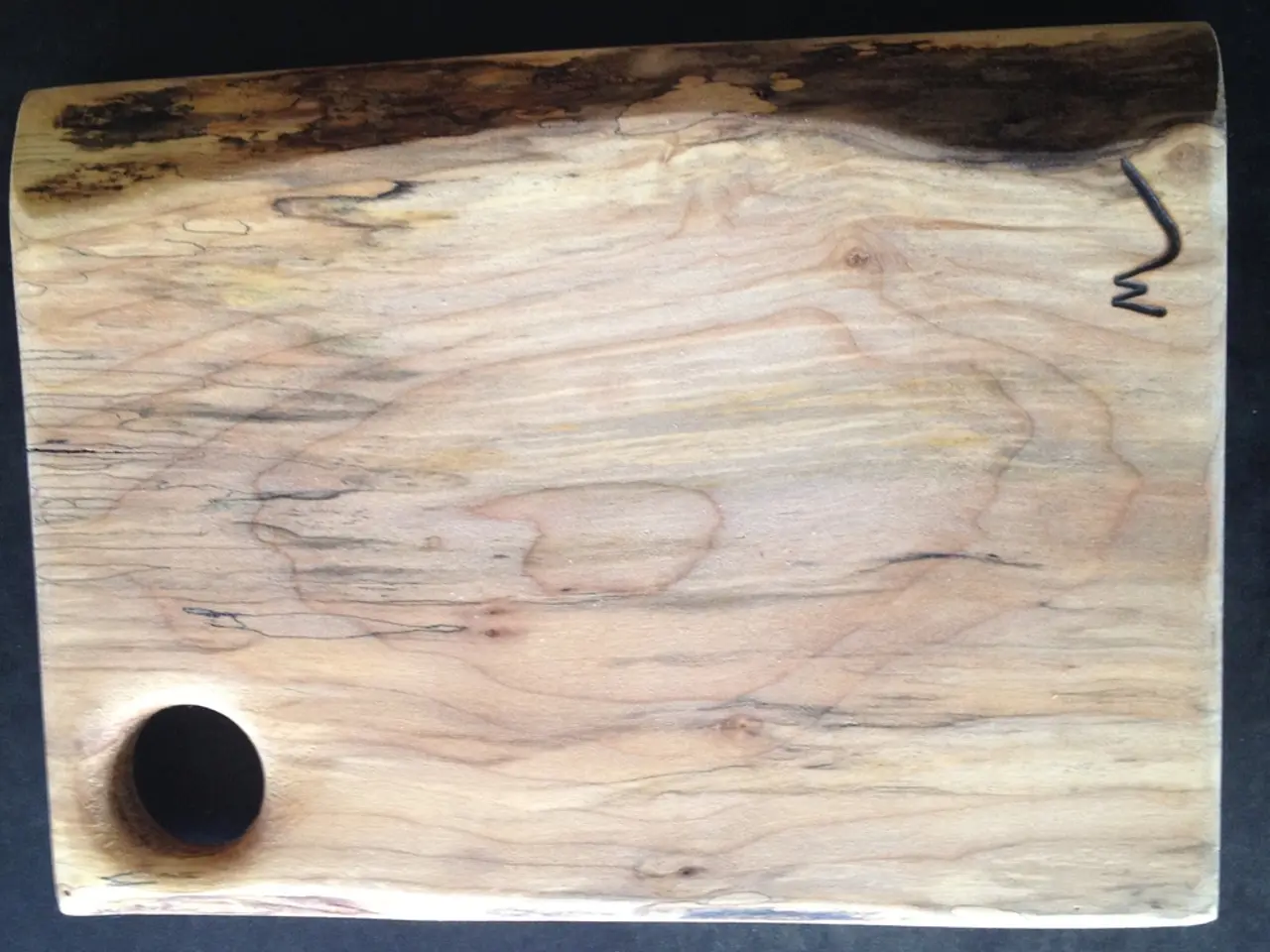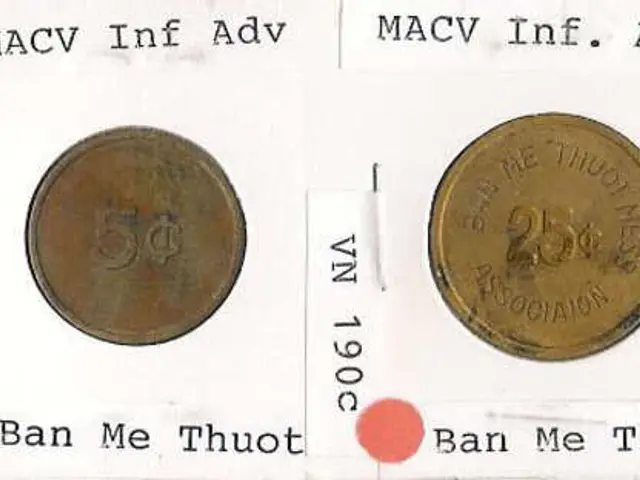Refurbishing aged wood flooring: A guide to removing old finishes for new applications
=================================================================================
Stripping a wooden floor can be a daunting task, but with the right tools and knowledge, it can be accomplished successfully. Kirk Evans, Technical Manager at Woodpecker Flooring, shares his expertise on the subject.
Before beginning, it's essential to understand that different types of wood flooring can have various finishes, including varnish, wax, paint, and stain. Choosing an appropriate method for the best finish is crucial.
Choosing the Right Strippers
Evans recommends using Barrettine Peelaway 7 or Barrettine Peelaway 1 for chemical strippers, offering excellent performance for removing tough finishes. For a more cost-effective solution, he suggests the No Nonsense Paint & Varnish Stripper.
Preparation
Before applying any chemicals, it's crucial to wear protective gear like gloves, goggles, and a respirator mask, such as the 3M Maintenance Free Half Mask from Amazon. Additionally, cover any furniture or fixtures with bin liners to protect them from any spills.
Applying the Stripper
Apply the stripper along the wood grain using a paintbrush or roller for even coverage. For corners or detailed areas, a stiff-bristled brush or steel wool works well. Let the stripper sit for the time recommended by the manufacturer, usually 15 to 30 minutes, longer for more stubborn finishes.
Scraping the Finish
Use a plastic scraper or putty knife to gently lift the softened finish from the floor. A sturdy heat-resistant polypropylene hand scraper is useful for removing glue without damaging the surface.
Cleaning the Floor
After stripping, clean the floor with a neutralising agent like white spirit or a vinegar-water mix, then rinse with clean water and a damp cloth. Fine grit industrial quality steel wool is ideal for surface preparation and finishing, working well with paint strippers in hard-to-reach areas.
Sanding the Floor
Sand the floor lightly with a fine-grit sandpaper to smooth any rough spots and prepare the surface for a new finish. Sanding a wooden floor removes a thin layer of the wood and can be dusty.
Professional Roles in the Wood Flooring Trade
The professional in the wood flooring trade with over 12 years of experience in subfloor preparation, maintenance, and repairs, who shares expertise in product selection, application, and training, is typically known as a flooring specialist or wood flooring expert. This role may overlap with a flooring installer or craftsman trained in wood technology or carpentry, though no specific name was found in the search results.
Cautions and Alternatives
Stripping floors can be a messy job, requiring protective gear such as gloves, goggles, and a respirator mask. While vinegar can be used as a homemade floor cleaner for wooden floors, it isn't as effective as a chemical stripper for stripping a whole floor.
The Stripping Process
To strip a wooden floor, follow these 5 steps: prepare the room, apply chemical stripper, wait for the stripper to work, scrape the finish, and clean the floor. The finish will be ready when it begins to bubble or wrinkle.
By following these steps and utilizing the recommended tools and strippers, you can successfully strip your wooden floor and prepare it for a new finish. For more information, consult a flooring specialist or wood flooring expert in your area.
Read also:
- Peptide YY (PYY): Exploring its Role in Appetite Suppression, Intestinal Health, and Cognitive Links
- Toddler Health: Rotavirus Signs, Origins, and Potential Complications
- Digestive issues and heart discomfort: Root causes and associated health conditions
- House Infernos: Deadly Hazards Surpassing the Flames








